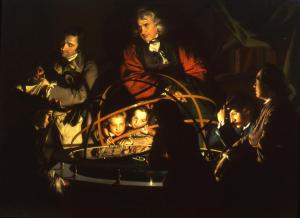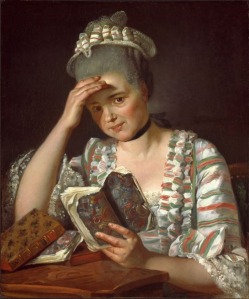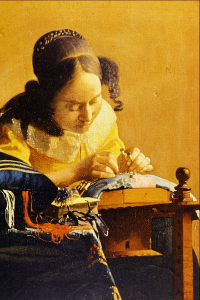Impressionism art
I really enjoy impressionism art because of the boldness of the colors and how different it is than the paintings before this era. These paintings use newer brush strokes and brighter colors making them stand out way more than the previous paintings. Impressionism art was started in France in the late 1870’s and early 1880’s. This revolutionized the way we look at art and the way it is perceived. They started to paint real people and real landscapes with different compositions from paintings in earlier eras including the classical era. This painting by Monet is a great example of impressionism art,  Sunrise by monet was made in 1873 and is 18.9 x 24.8
Sunrise by monet was made in 1873 and is 18.9 x 24.8
http://www.wikiart.org/en/claude-monet/impression-sunrise
This painting is a great example of the use of brush strokes during this era and the fact that they used their brushes with quick and somewhat spontaneous strokes making paintings like this. You can see that it shows a boat on a body of water as the sunrises but its not perfectly clear which makes it that much more interesting. I like the fact that the whole picture is not spelled out for you and that their is a kind of mystery to the photo making it up to you to determine whats really going on behind the whole thing. Comparing this to a painting from the classical era and a photo like,
 The Girl With the Pearl Earring by Johannes Vermeer dimensions 44cm x 39cm
The Girl With the Pearl Earring by Johannes Vermeer dimensions 44cm x 39cm
http://www.artsales.com/ARTprints/Print_ARTchive_images_for_comparison.html
This painting is so detailed and is very dark which shows just how different the impressionism era and the classical era were so different. I think this is also a great example of why I enjoy the impressionism era better, the colors and liveliness of the paintings really engage you and make you want to look at more.
Sources:




